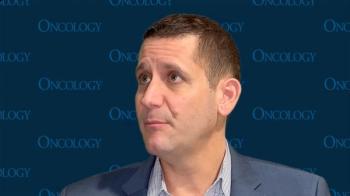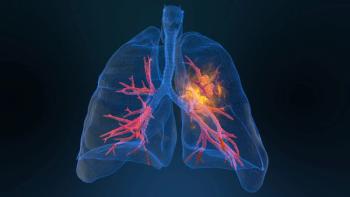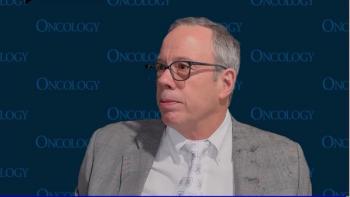
Mirdametinib Approval Brings Tumor Shrinkage and QOL Advantages to NF1-PN

The dispersible tablet formulation of mirdametinib may offer convenience to patients with NF1-PN and difficulty with swallowing pills.
Staying on mirdametinib (Gomekli) for as long as possible may offer benefits related to tumor shrinkage and quality of life (QOL) for pediatric and adult patients with neurofibromatosis type 1-associated plexiform neurofibroma (NF1-PN), according to Christopher L. Moertel, MD.
Moertel, a professor in the Department of Pediatrics, director of the Pediatric Neuro-Oncology Fellowship Program in the Division of Pediatric Hematology/Oncology, and medical director of the Pediatric Neuro-Oncology and Neurofibromatosis Programs at the University of Minnesota, spoke with CancerNetwork® ahead of the
On top of the agent’s advantages associated with QOL and tumor responses, Moertel highlighted the dispersible tablet formulation of mirdametinib as an important aspect of treatment. He indicated that the agent’s formulation may be useful in the treatment of patients who have difficulty swallowing pills or similar oral medication.
Findings from the
Transcript:
This [approval] would open a new route to FDA-approved, on-label therapy for adults [and children] with NF1-associated plexiform neurofibroma. That’s very important. In addition, mirdametinib is available as a dispersible tablet, so for our patients who have difficulty swallowing pills, that preparation is extremely important. The schedule that was indicated for this trial and will likely be on the indication is 3-weeks-on, [then] 1-week-off.
We’re doing a lot in this trial to help patients stay on the medicine for a long period of time. We believe that staying on as long as possible benefits them as far as QOL and objectively shrinking their tumors. All of those things are advantages for this drug that we’ve been looking forward to.
References
- FDA approves mirdametinib for adult and pediatric patients with neurofibromatosis type 1 who have symptomatic plexiform neurofibromas not amenable to complete resection. News release. FDA. February 11, 2025. Accessed February 11, 2025. https://tinyurl.com/ymr3ft29
- Moertel CL, Hirbe AC, Shuhaiber HH, et al. ReNeu: a pivotal, phase IIb trial of mirdametinib in adults and children with symptomatic neurofibromatosis type 1-associated plexiform neurofibroma. J Clin Oncol. Published online November 8, 2024. doi:10.1200/JCO.24.01034
Newsletter
Stay up to date on recent advances in the multidisciplinary approach to cancer.

















































































